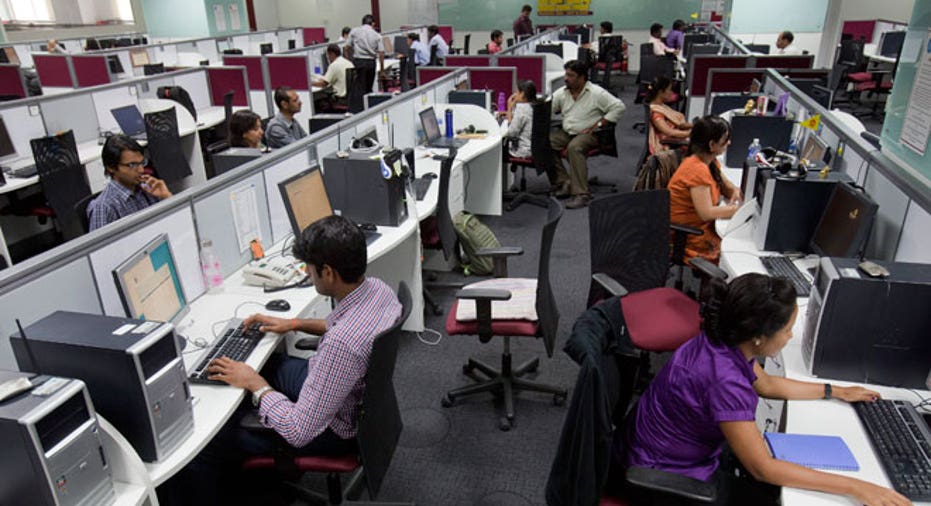November Payrolls Seen Strong, May Lead to Rate Hike

U.S. employers likely boosted hiring in November amid growing confidence in the economy, making it almost certain that the Federal Reserve will raise interest rates later this month.
Nonfarm payrolls probably increased by 175,000 jobs last month after rising by 161,000 in October, according to a Reuters survey of economists. The Labor Department will release its closely watched employment report on Friday at 8:30 a.m. (1230 GMT).
Other recent data has shown the economy growing at a brisk clip in the third quarter, and shown gains in consumer spending, inflation, housing and manufacturing early in the fourth quarter.
"The economy is in good shape. The Fed has the green light to raise interest rates this month, and most likely they are going to raise a couple of times next year," said Jack McIntyre, portfolio manager at Brandywine Global in Philadelphia.
Economists said jobs growth could surprise on the upside, given that Hurricane Matthew, which lashed the U.S. East Coast in October, likely depressed the payrolls count in that month by as much as 40,000.
In addition, first-time applications for unemployment benefits dropped to 43-year lows in November and other labor market surveys were generally strong last month.
"That drag (from the hurricane) should reverse and boost November payrolls by a decent amount, supported by a shift to unusually mild weather across the country in the first half of November," said Ted Wieseman, an economist at Morgan Stanley in New York.
WAGE GROWTH TO SLOW
The unemployment rate is expected to have held steady at 4.9 percent last month.
An anticipated pullback in wage growth after two straight months of solid increases could put a wrinkle in an otherwise upbeat employment report. Average hourly earnings are forecast increasing by 0.2 percent after shooting up 0.4 percent in October.
The slowdown would lower the year-on-year gain in wages from October's 2.8 percent increase, which was the largest rise in nearly 7-1/2 years. The expected moderation largely reflects a calendar quirk, which economists expect Fed officials will overlook at their Dec. 13-14 policy meeting.
"We would chalk up most of this weakness to calendar effects and look through to the acceleration that has become more evident over recent months," said Andrew Hollenhorst, an economist at Citigroup in New York.
While a surge in U.S. government bond yields and a rally in the dollar in the wake of Donald Trump's election as the next president had tightened financial market conditions, economists said it was probably insufficient for the Fed to stand pat. The U.S. central bank raised its benchmark overnight interest rate last December for the first time in nearly a decade.
As the labor market nears full employment, job gains have slowed from an average of 229,000 per month in 2015 to an average of 181,000 this year.
Still, the monthly increases are more than enough to absorb new entrants into the labor market. Fed Chair Janet Yellen has said the economy needs to create just under 100,000 jobs a month to keep up with growth in the working-age population.
Trump's plan to increase infrastructure spending and slash taxes could encourage companies to boost hiring and spur an even faster pace of economic growth over the coming years.
"Trump is inheriting a strong economy, an economy that is near full employment and clicking on almost every cylinder. It has plenty of momentum heading into 2017," said Ryan Sweet, a senior economist at Moody's Analytics in West Chester, Pennsylvania.
Manufacturing payrolls likely fell for a fourth straight month in November, while construction employment probably notched further gains. A rebound in retail sector employment is expected after October's surprise decline.
(Reporting by Lucia Mutikani; Editing by Leslie Adler)



















